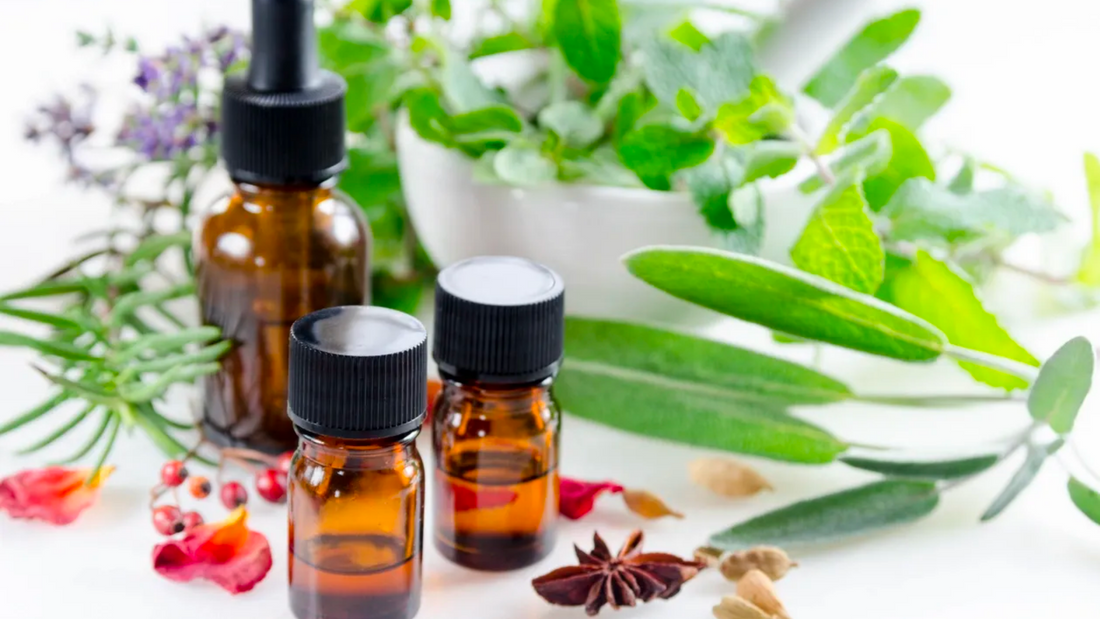by Michael Lorence (https://linktr.ee/melorence1)
Water is a precious and scarce resource that has its usage growing every year. Consumption rose over 600% in the last 50 years, and ecologically aware customers are more worried than ever about the water used in their personal care products. This awareness generates a lot of pressure on the cosmetic market to improve the sustainability of personal care and cosmetic products.
In response to this trend, companies in the industry are changing their ways to adapt to waterless products or lower water usage in the manufacturing process. Instead, the water used for cleaning is purified and used in other processes, like machinery cooling.
How The Personal Care Industry Affects the Environment
Cosmetic cream formulas contain up to 85% water content, and this number can go as high as 95% for shampoos and gels. These cosmetic products use thousands of liters of clean water to manufacture. They also need water to clean, apply, or remove, raising water consumption further.
With large amounts of water used in production, consumers question the efficiency of the manufacturing processes, demanding waterless cosmetics to mitigate the water scarcity problem the world faces.
How The Industry is Evolving to Become Sustainable
The biggest names in the industry are changing their manufacturing process to sustainable models after recognizing the water scarcity problem.
For instance, in 2020, L'Oréal Paris launched their sustainable cosmetic initiative, promising to reduce water usage in finished products by 60% by 2020 compared to the 2005 baseline and their carbon footprint by 50% until 2030.
Unilever also joined the initiative, reducing water usage during manufacturing by 49% since 2008. Their projection is to improve efficiency and implement the program in 100 water-starved areas by 2030.
Other names like Pinch of Colour, Lush, and Ethique have joined the initiative, reducing water usage in production, or focusing on producing completely waterless cosmetics and personal care products.
The Benefits of Going Waterless
Waterless products bring many benefits to the environment, but there are plenty of benefits to the consumer as well. For example, formulas with less water last longer and are more concentrated, allowing you to use less product and reach similar results.
Additionally, water-based cosmetics are prone to bacteria growth due to the high percentage of water. So chemical preservatives are added to mitigate bacteria growth, which can cause irritations and allergies.
Alternatively, customers can opt for anhydrous (waterless) cosmetics instead of dealing with potential issues caused by preservatives. Anhydrous formulas produce oils, serums, and dry products like powders, making them easy to apply, quick to absorb, paraben-free, and bacteria resistant.
The Challenges of Waterless Manufacturing
Removing water from production comes with several challenges, like different formulas, new machinery, changes to logistics, and distribution challenges. For larger companies like L'Oréal Paris, these adaptations take several years, many resources, and happen incrementally. However, these steps are essential to mitigate environmental impact.
While not cheap, these changes attract customers worried about sustainability, leading to better products and painting your business in a positive light. In addition, many smaller companies are joining the market with sustainability as a core goal since building a sustainable operation is cheaper if done from the start.

